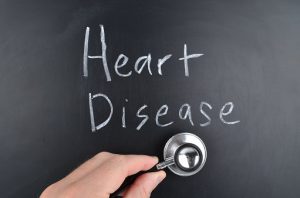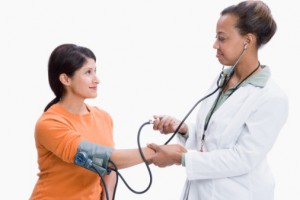 In the United States, the majority of deaths each year are recorded as having occurred due to “natural causes.” However, it may not always be clear what exactly this term means, particularly due to the fact that it does not point to a specific factor that led to a person’s death.
In the United States, the majority of deaths each year are recorded as having occurred due to “natural causes.” However, it may not always be clear what exactly this term means, particularly due to the fact that it does not point to a specific factor that led to a person’s death.
A death by natural causes is one that occurs solely due to internal factors (such as a disease) rather than external factors (such as a traumatic physical injury). Three of the most common ways it can occur include:
Heart disease: Although factors affected by lifestyle choices (such as a person’s weight, diet, and physical activity level) can contribute to the risk of developing heart disease, anyone can experience it at any age. This is because your risk is also tied to your genetics and family history of heart disease.
Cancer: While multiple people within the same family may experience cancer without it being the result of genetics, it can occur as a result of what is referred to as a “family cancer syndrome” (also known as “inherited cancer syndrome” or “genetic cancer syndrome”). This refers to an abnormal gene that can greatly increase the risk of certain forms of cancer. Family cancer syndrome accounts for approximately five to 10% of all types of cancer.
Stroke: You may experience a stroke due to various natural factors. Every 10 years after the age of 55, your risk of experiencing a stroke doubles. Additionally, death due to a stroke is more common among women of all ages than men. Strokes are also more common among people who are Black, Hispanic, Native American, or Native Alaskan, as well as people with certain genetic disorders such as sickle cell disease.
If you experience or have a family history of a chronic medical condition, get the treatment you need to prevent your symptoms from worsening. You can schedule an appointment with a medical specialist at Flushing Hospital Medical Center’s Ambulatory Care Center now by calling (718) 670-5486.
All content of this newsletter is intended for general information purposes only and is not intended or implied to be a substitute for professional medical advice, diagnosis or treatment. Please consult a medical professional before adopting any of the suggestions on this page. You must never disregard professional medical advice or delay seeking medical treatment based upon any content of this newsletter. PROMPTLY CONSULT YOUR PHYSICIAN OR CALL 911 IF YOU BELIEVE YOU HAVE A MEDICAL EMERGENCY.







